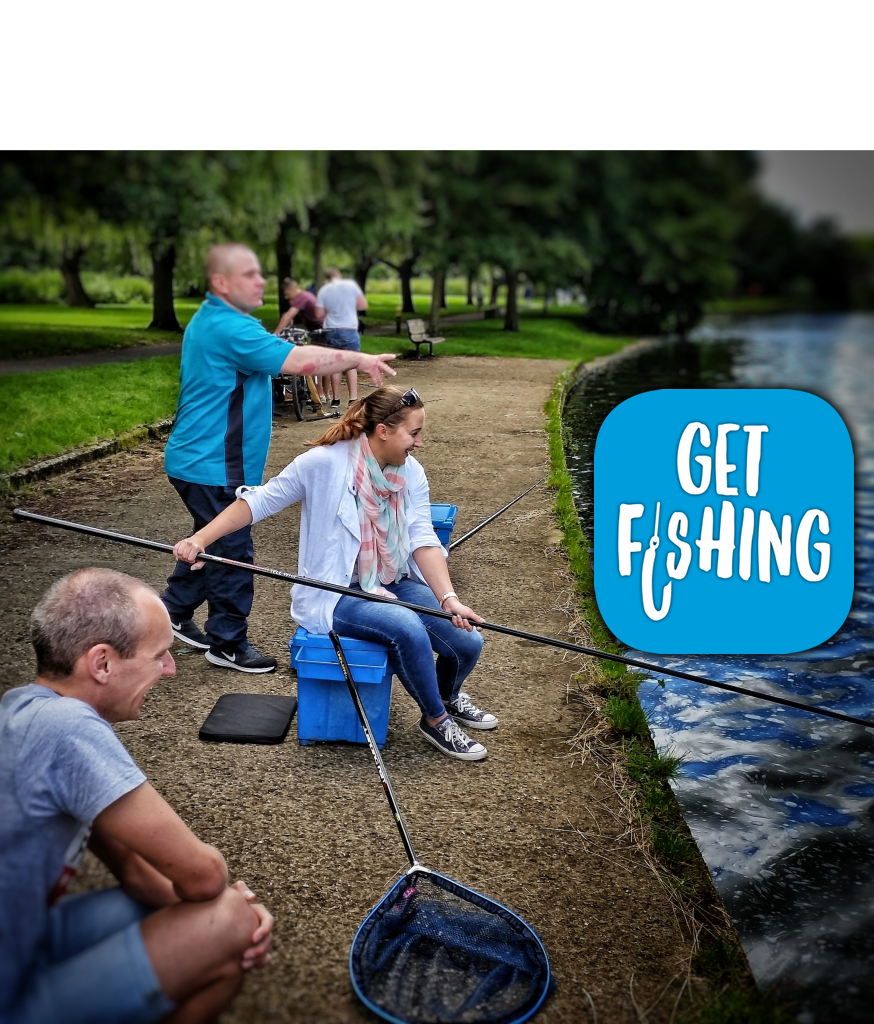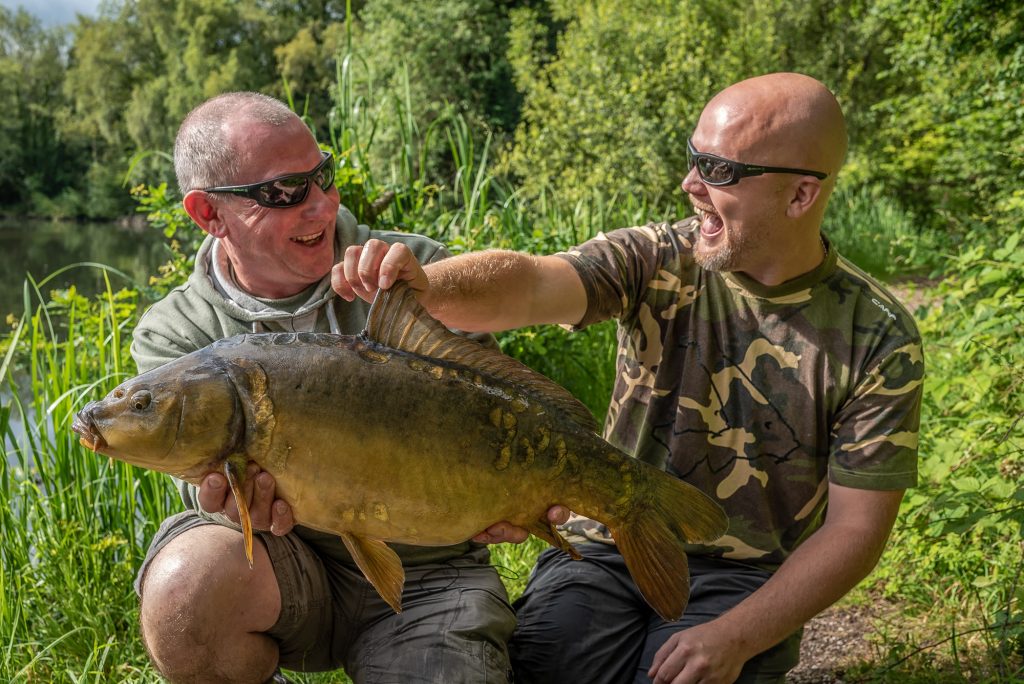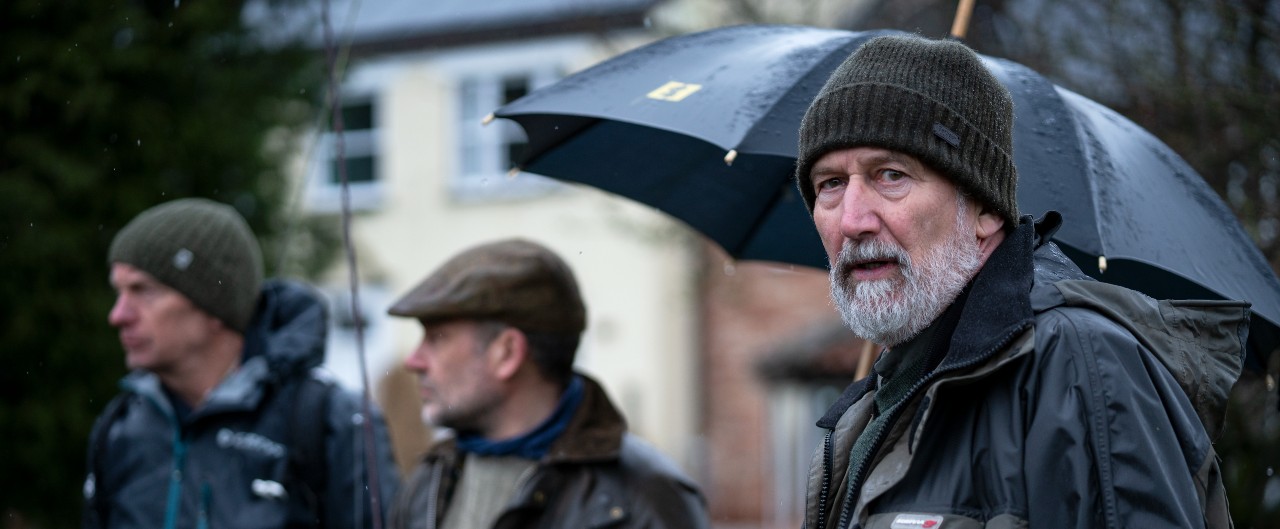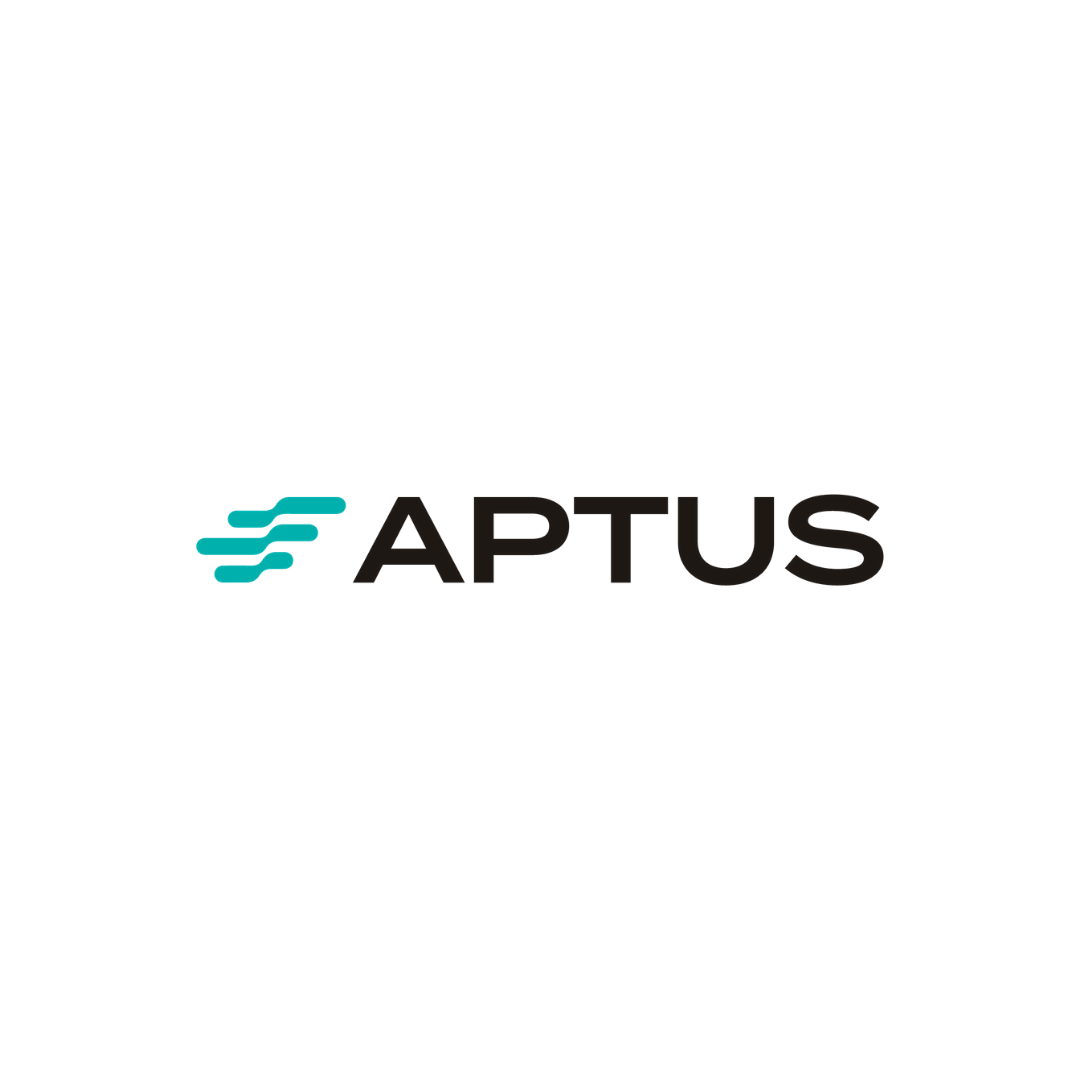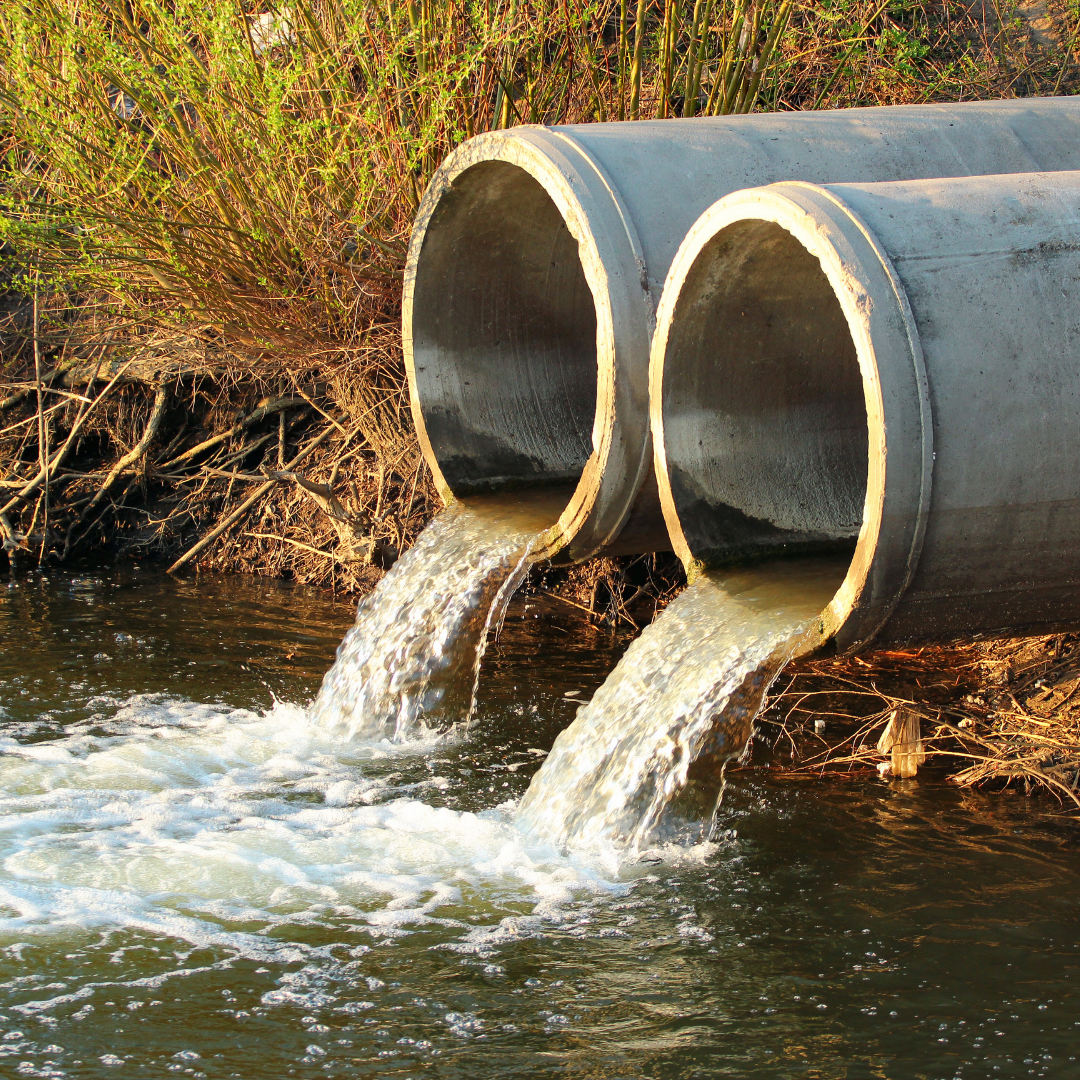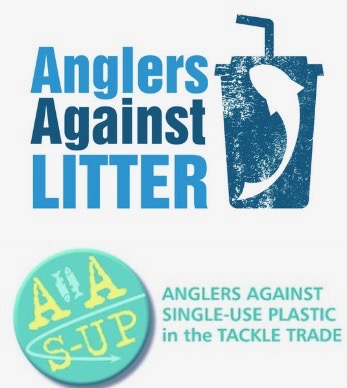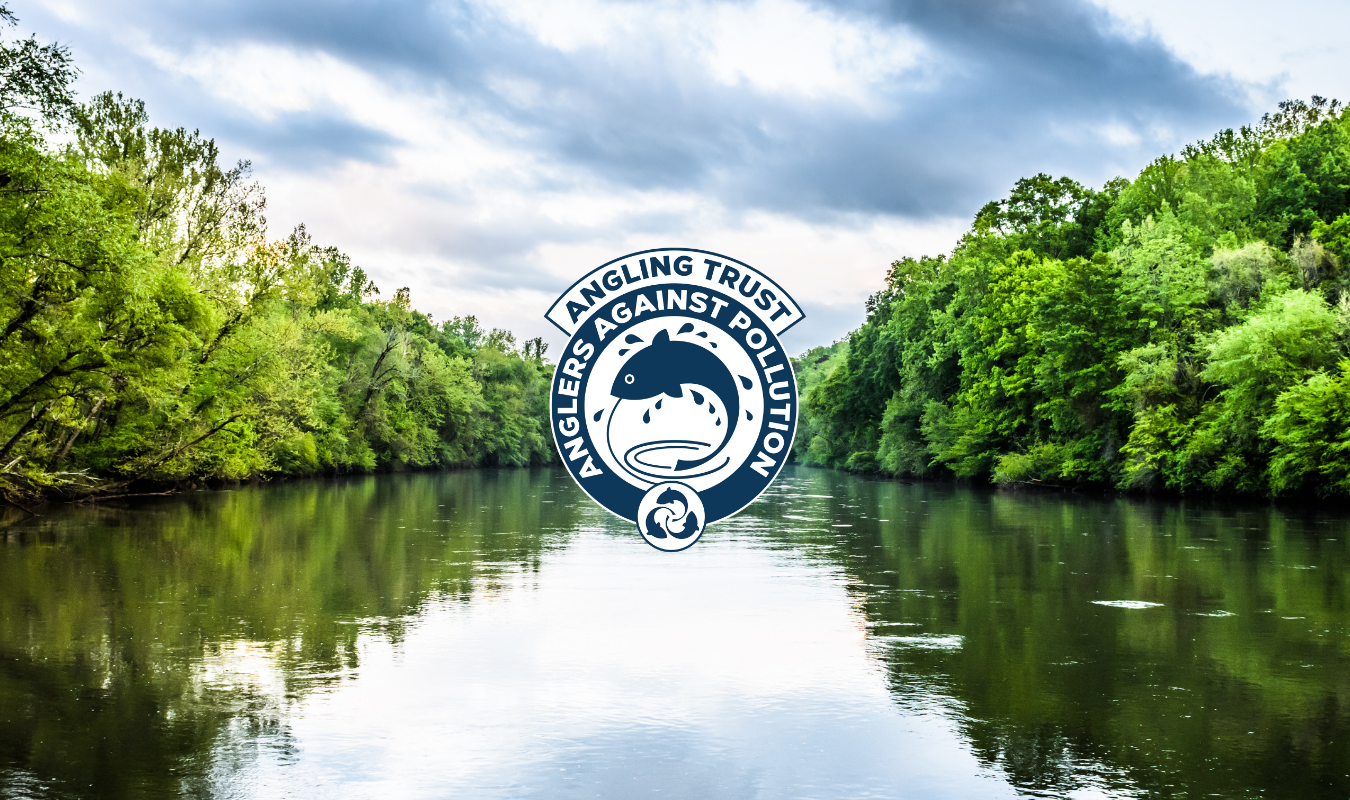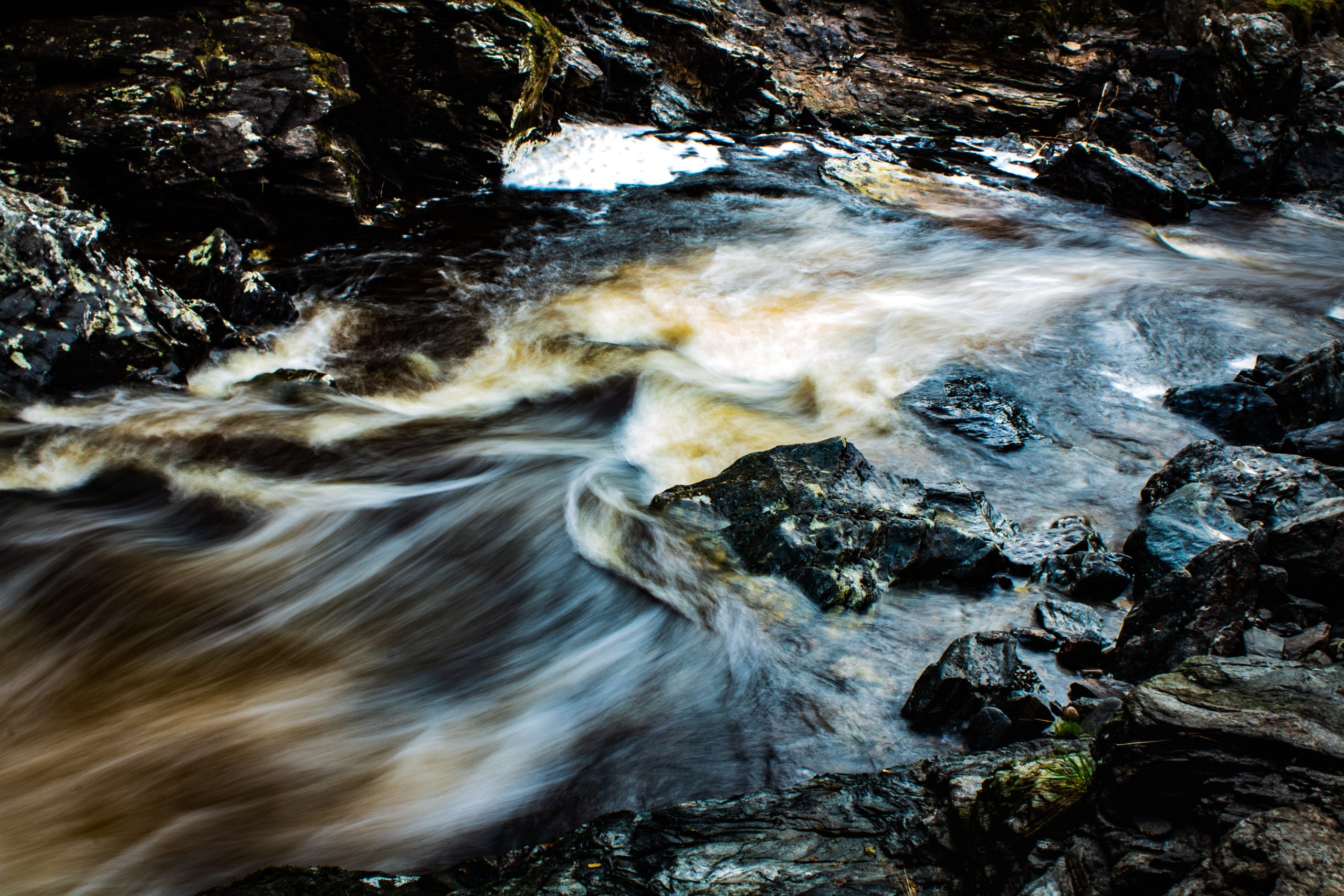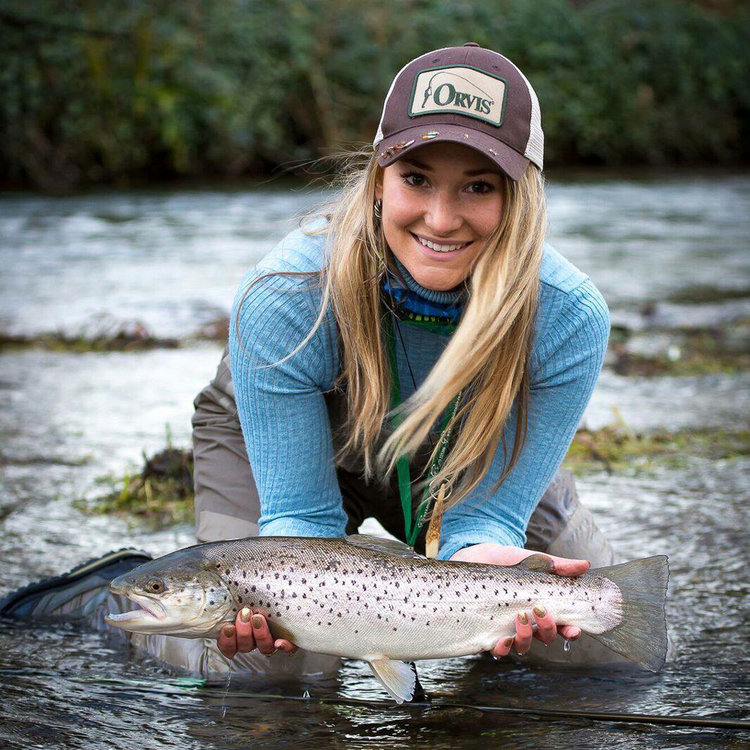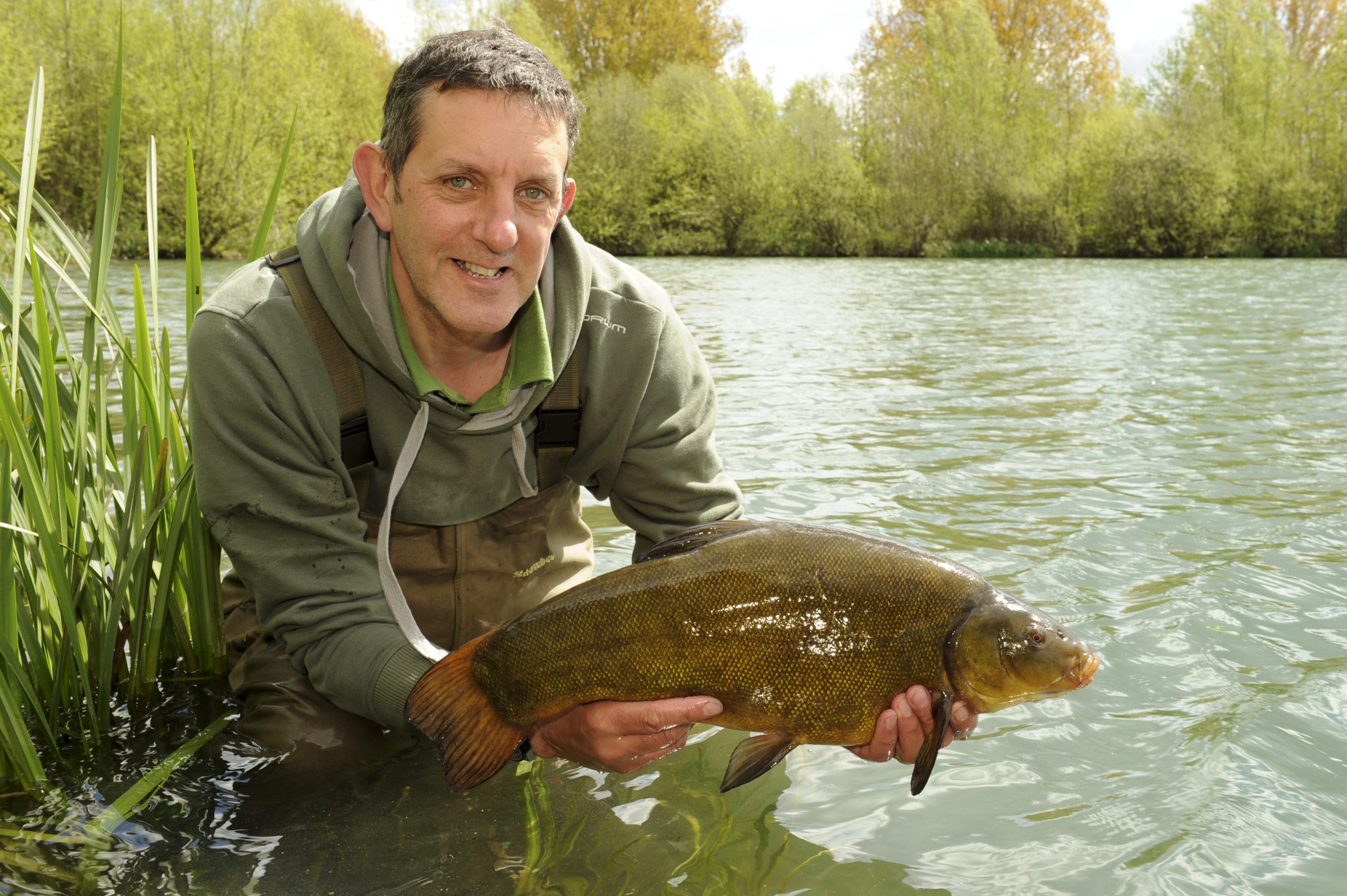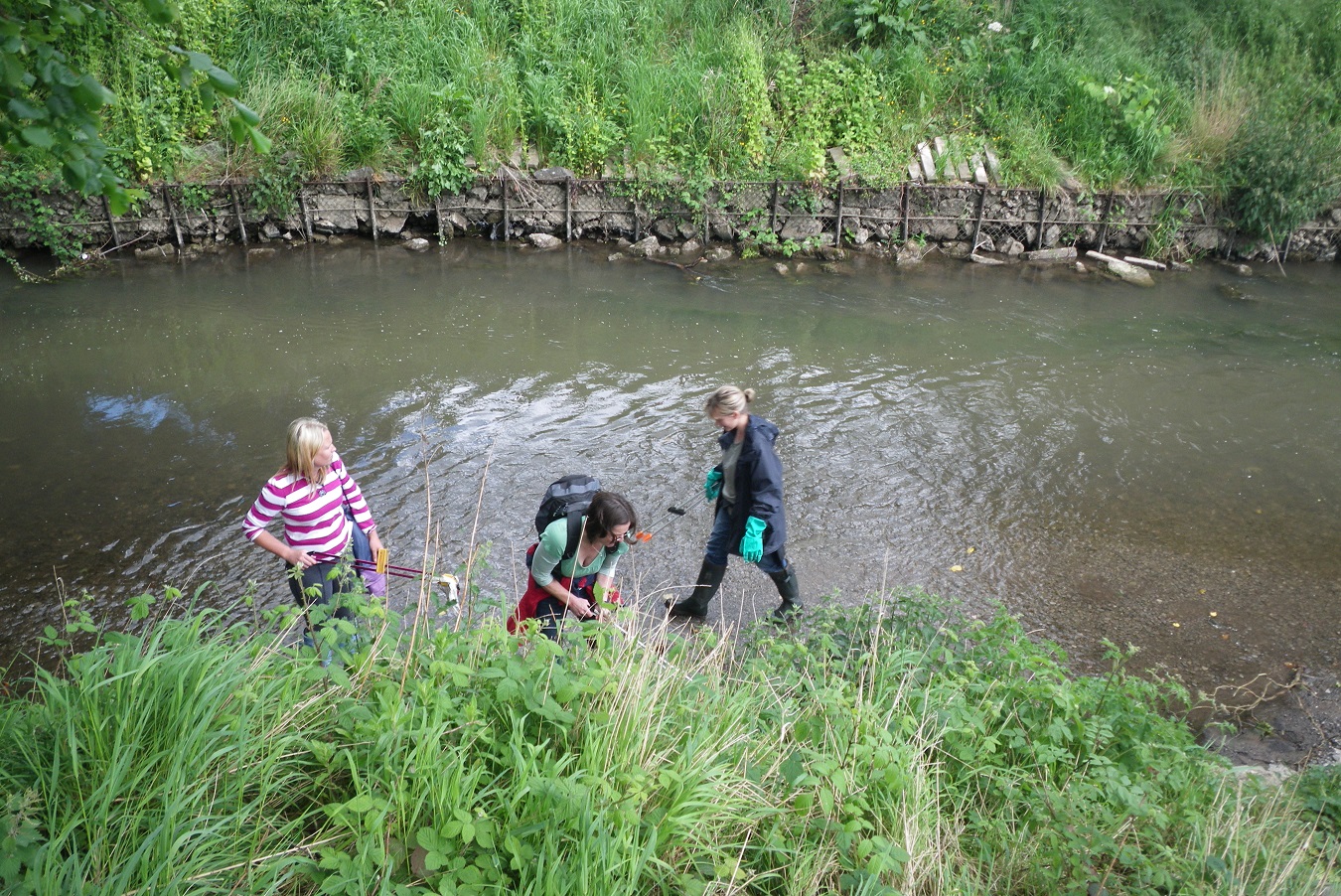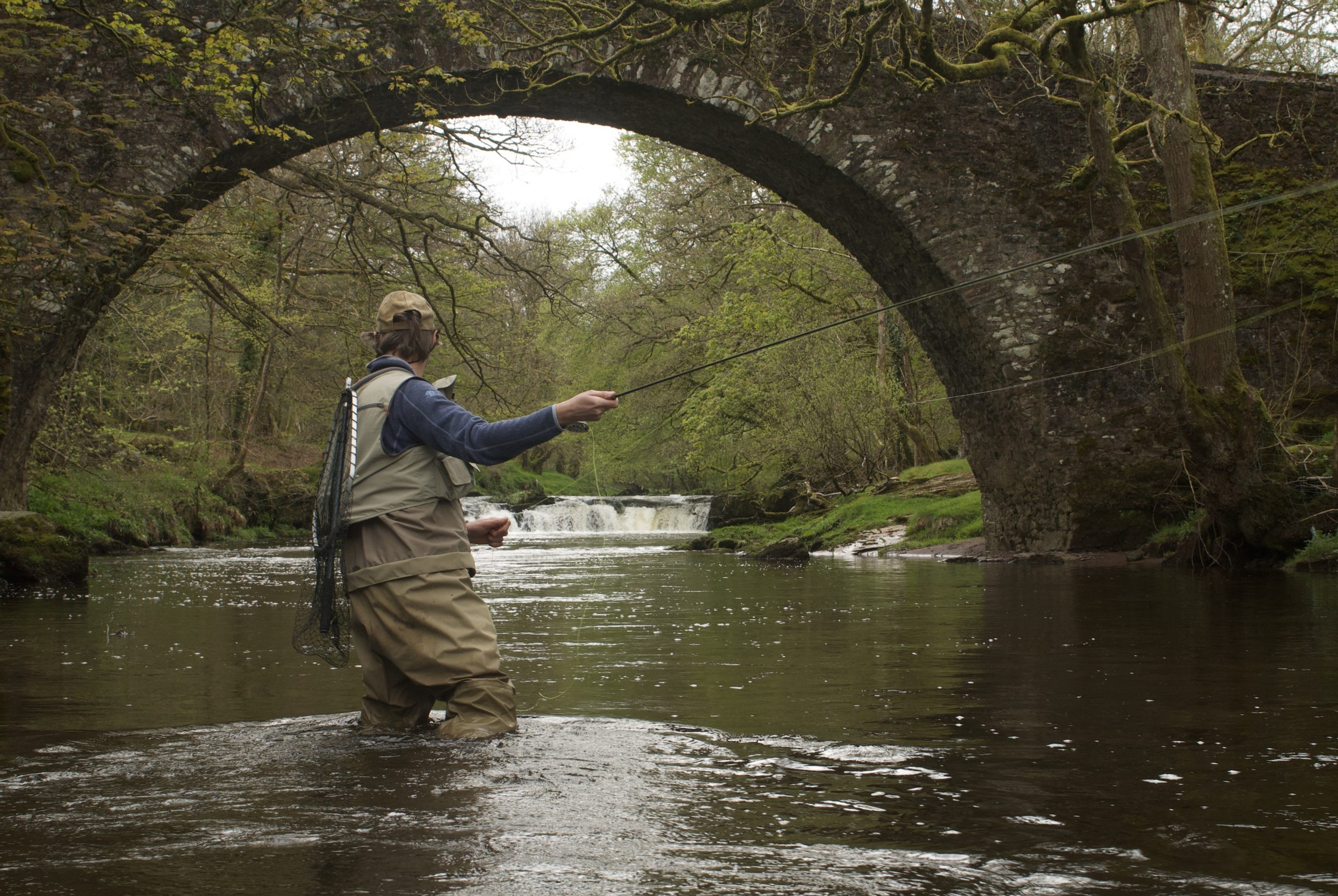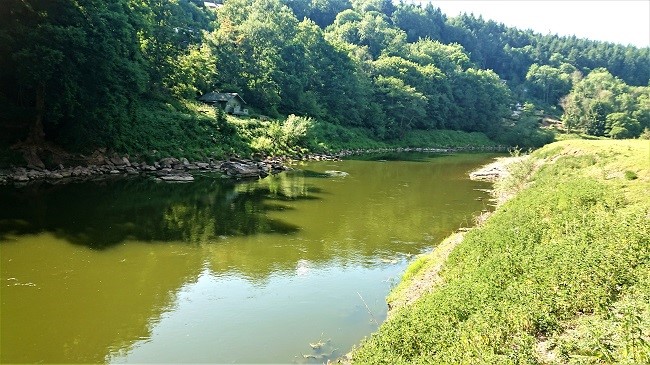Anglers Against Pollution
The waters we fish are in crisis. Pollution is the main cause with every water body in England assessed against the Water Framework standard failing. And things are becoming worse, not better. Our Government has repeatedly said that the UK wishes to be a world leader in conserving both the environment and biodiversity but has frequently failed to back this up with action. Enough is enough!
The Angling Trust has been campaigning for cleaner waterways since 1948 and through our new campaign, Anglers Against Pollution, seeks to give anglers a voice in the fight for a better future for our environment by holding the Government to account for its promises, its actions and its responsibilities.
Our waterways are suffocating from all forms of pollution – from agricultural runoff to plastics, chemical pesticides to raw sewage – time is no longer a luxury we can afford in the fight for a cleaner tomorrow for our environment, our fish and our sport.
By Joining the Angling Trust and getting involved in our Anglers Against Pollution campaign, you will add your voice to our long-standing battle to hold the Government to account in our mission for healthier waterways.

SIGN
Sign our petition calling on our current laws to be enforced and our water environment to get the protection it deserves.
WEAR
Wear our new Anglers Against Pollution logo with pride by buying one of our new T-shirts or Hoodies. All profits from sales will be used to support the Anglers Against Pollution campaign.
JOIN
Join the Angling Trust today, your membership fee is crucial in supporting the work we do and the more members we have the louder a voice we have when demanding change.
DONATE
We are fortunate to be supported in our work by our members as well as many volunteers up and down the country. Continuing our work to protect and grow the sport you love has never been more important. By giving back and making a donation today you will help us to do more to protect the future of fish and fishing.
Water Quality Monitoring Network
As part of our Anglers Against Pollution campaign, the Angling Trust has launched the Water Quality Monitoring Network to engage angling clubs in better understanding pollution issues on their waters.
The network will support the delivery of effective local solutions that restore our rivers to a healthy state, and the findings will help the Angling Trust hold the government to account, ensuring it lives up to its rhetoric on improving our environment and meeting its own legal responsibilities.
Watch the video to discover more about the Anglers Water Quality Monitoring Network:
Joining the Water Quality Monitoring Network
We launched the Water Quality Monitoring Network (WQMN) initially in the Severn catchment in May 2022 and rolled out the WQMN nationally in July 2022.
If you are an angling club and interested in joining the WQMN, please contact [email protected]
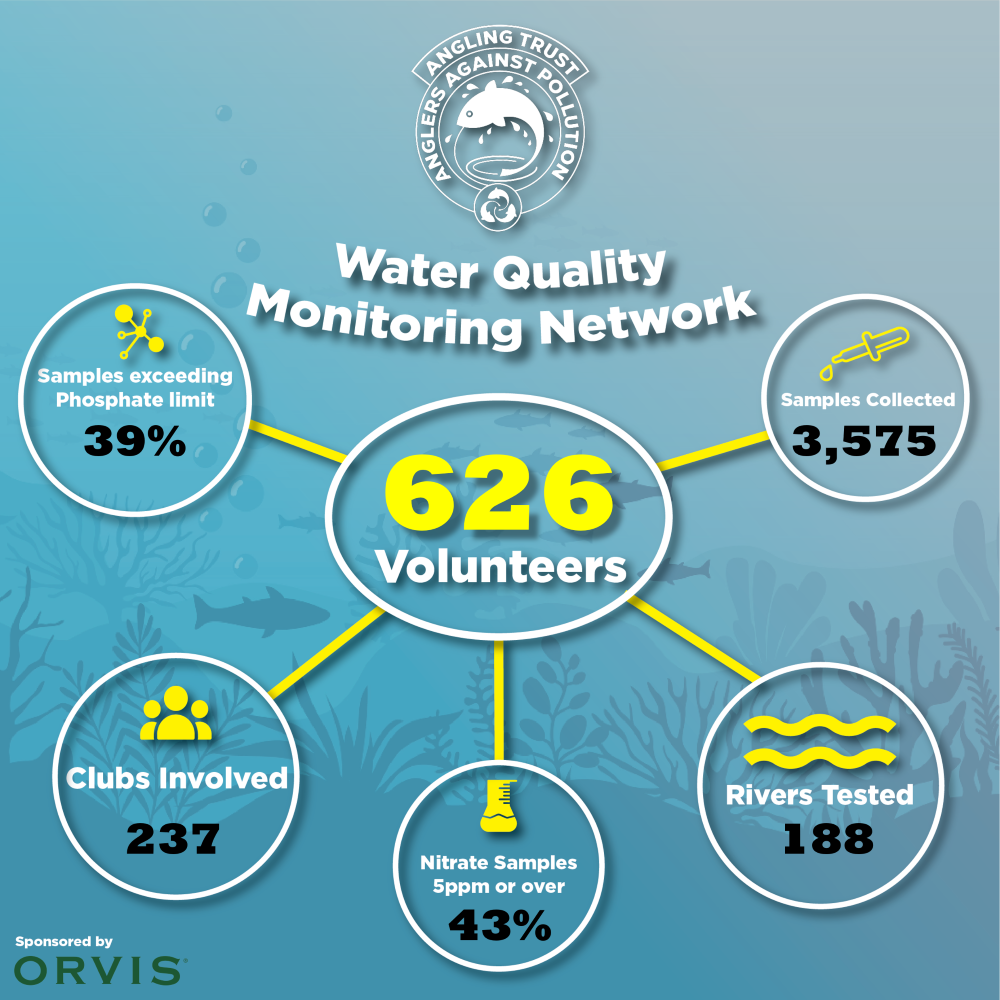
- Figures correct up to 30 November 2023
SUPPORTED BY:

ANGLERS AGAINST POLLUTION NEWSFEED
Your chance to have your say
Government's plan to stop sewage pollution in our rivers is too weak

We are deeply concerned about the government’s storm overflow reduction plan which is crucial to decrease the raw sewage pouring into our rivers. Unfortunately it fails the smell test ! You could say it stinks. It feels like attempt to try and look as if they are doing something, when in fact, they are simply seeing what they can get away with.
The Angling Trust’s Anglers Against Pollution campaign, along with other members of the #EndsewagePollution coalition, have been taking a careful look at what this government is proposing. Here’s what we found.
The plan has a series of targets covering reductions in the amount of time storm overflows spill, ensuring that when they do spill, they do not cause local ecological harm.
Targets aim to reduce spills at “high priority sites” – by which they mean Sites of Special Scientific Interest (SSSI), Special Areas of Conservation (SAC), eutrophic sensitive areas, chalk streams and waters currently failing our ecological standards due to storm overflows – and bathing water sites. Only after that will water companies be required to tackle the remaining storm overflows.
But the target dates they have set are 2035 and 2050. This means we have a 28 year wait until our rivers are free of the damage caused by storm overflows.
You can take more action!
The formal consultation on this plan has now closed, but you can still take action by writing to your MP and letting them know that you don’t feel the plan is acceptable. We have joined forces with Surfers Against Sewage and the Rivers Trust in the #EndSewagePollution coalition. Through this coalition, we have created an opportunity for you to write to your MP. Simply follow this link to the #EndSewagePollution page on the SAS website.
Below is some helpful information that you might want to include in your letter.
We have set out our arguments in a briefing for MPs, which you can read here. You might want to consider making all or some of the following points:
- Only 14% of our rivers currently achieve Good Ecological Status and there is no prospect of the government hitting its target of 75% by 2027 with this plan.
- In 2021 alone, untreated sewage from storm overflows was released for over 2.6 million hours in England (or 3.1 million hours in England and Wales), 327,533 times. Given that storm overflows are meant to be used only during extreme rainfall events, this is completely unacceptable.
- In 2021, 40% of CSOs discharged 10 times or less per year. The plan aims to improve only 28% of CSOs by 2035, in 13 years’ time. And by 2040 the plan will have addressed only slightly more than half (52%). This is simply not good enough.
- As the House of Commons Environmental Audit Committee report into water quality states, “Cleaning up our rivers is important for public health and vital to protect wildlife. The world is experiencing an extinction crisis and freshwater eco-systems are on the frontline”. Targets for 2035 and 2050 are simply too long to wait given the current condition of our freshwater environment, and the importance of turning this around.
- The pace/scale of these targets is not in step with the proposed Environment Act targets (also subject of public consultation) for reducing loadings of phosphorus from treated wastewater by 80% by 2037 (Storm overflow reduction plan target is only for 28% reduction in overflows by 2035).
Exclusive Richard Wheatley fly boxes to support our Anglers Against Pollution campaign
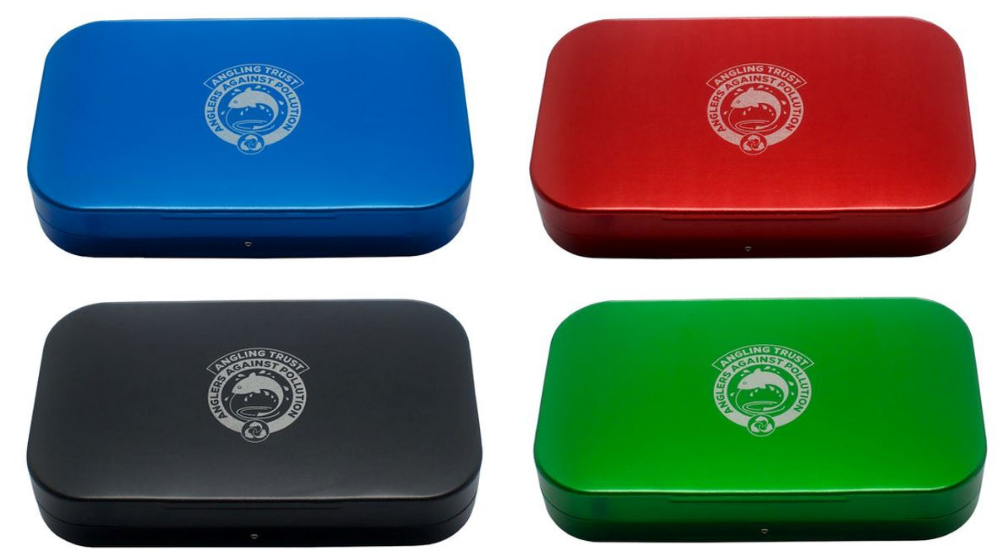
Richard Wheatley have been making fly fishing products for over 160 years and the Richard Wheatley Fly Box is highly prized by fishermen throughout the world. Now anglers can purchase an exclusive Angling Trust Foam Box – and raise money for our Anglers Against Pollution campaign.
The traditional Richard Wheatley foam boxes are offered with exclusive engraving for Angling Trust members in four colours and with four foam options – and Richard Wheatley are generously donating 20% of sales to Anglers Against Pollution.
New Supporters Packs
Show the world that anglers won't let our beautiful rivers, lakes and oceans be destroyed by pollution!
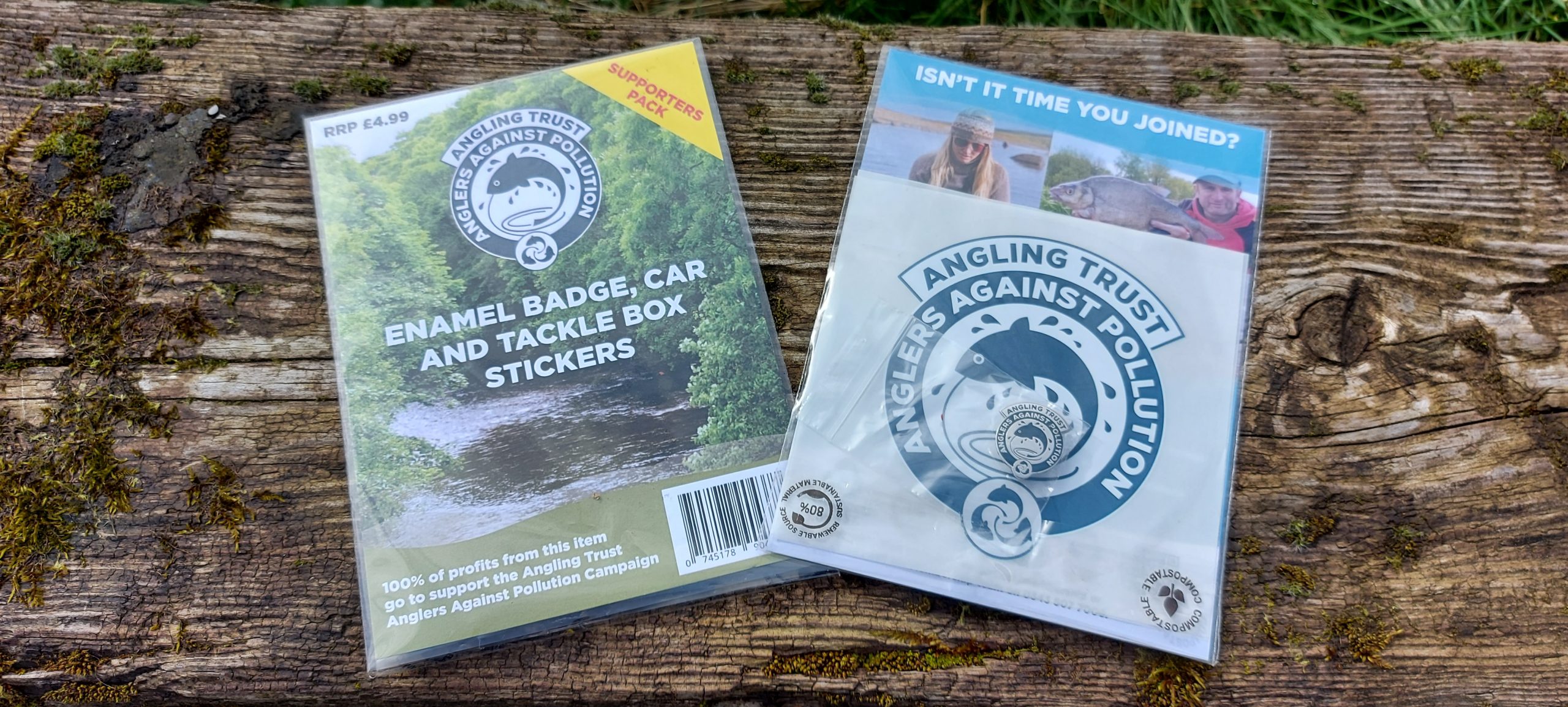
Our new Supporters Packs include an Enamel Supporters Badge, Waterproof Tackle Box Sticker and Car Sticker for just £4.99 with all profits directly going to support the Anglers Against Pollution campaign.
These packs are being sold by tackle shops at no profit to themselves and will be available at all good tackle shops soon.
Can’t wait? You can get them online right now from the stockists below!
Want to Stock AAP Supporter Packs?

Further emergency report demonstrates the need for greater enforcement
In 2019 the Environment Agency published the River Axe N2K Catchment Regulatory Project Report (see below) which demonstrated that proactive enforcement of existing laws relating to agricultural diffuse pollution can have real tangible benefits for our freshwater environment and lead to significant investment in the rural economy – a template which the Angling Trust suggested should be followed catchment by catchment throughout the country.
On the back of this report, the Angling Trust campaigned for the Environment Agency to increase the number of Agriculture Regulatory Inspection Officers in England, as a result of which the EA committed to recruiting an additional 50 inspectors.
Given the findings of the River Axe report and the recognition of the need for more farm inspections and proactive enforcement of the existing laws, it is disappointing to now read a further report that highlights the lack of good farming practice and regulatory compliance by farmers, all contributing to the further degradation of the Taw catchment in North Devon.
The report states:
“This project has shown that despite significant amount of advice and grant aid in the last 10-15 years, there remains a perceived lack of risk associated with failure to comply with the most basic regulations such as Nitrate Vulnerable Zone (NVZ); Silage, Slurry and Agricultural Fuel Oil (SSAFO); and Environmental Permitting Regulations (EPR). Significant herd increases have not been accompanied by increases in slurry and silage storage to comply with the regulations, and compliance is not taken seriously by the farming community.”
Of the 101 farms visitied, 87% were NVZ/ SSAFO non-compliant and/or causing pollution. Once again, a lack of robust enforcement through regular farm inspection is contributing to a lack of compliance.
The report continues:
“Over the last 15 years, regulation has been minimal due to reductions in Grant In Aid Funding (GIA) for this kind of work, resulting in significant reductions in frontline regulatory staff. From 2016, a KPI of 0.5% of farms being visited per year was adopted. On this basis, farmers would be able to confidently expect that they would not get an inspection in their lifetime, or maybe 5 or 6 generations of their offspring and they are aware of this. This may have led to complacency about regulations and a general reluctance to engage with the Environment Agency.”
The waters we fish are in crisis, with every water body in England assessed against the Water Framework Directive standard failing – and things are becoming worse, not better. Agriculture is the most significant contributor to poor water quality. We need farmers to comply with the regulations and we need the regulators to ensure they do so.

Inappropriate slurry spreading due to lack of infrastructure and wet conditions. A likely cause of pollution

Poor infrastructure and slurry storage causing pollution
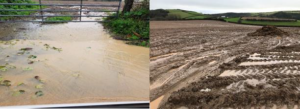
Poorly established cover crop runoff and field heaps on compacted maize field

River Axe Project proves enforcement works
Following the Judicial Review taken against the Government by Angling Trust, Fish Legal and WWF in 2015, a project was undertaken by the Environment Agency on the River Axe Catchment to proactively enforce its regulatory powers to deal with diffuse pollution in the river.
The Environment Agency secured £120,000 in local funding for a three year regulatory farm visit campaign during the winter periods 2016 to 2019, during which time it carried out 86 farm audits. As a result of these advice-led but regulatory visits, farmers in the catchment have made huge improvements to their infrastructure, particularly relating to slurry storage.
These infrastructure investments are estimated to total nearly £4 million and were sourced by farmers and from grant aid incentives. Or put another way, every pound spent by the Environment Agency in regulatory visits has resulted in investment of £33 for infrastructure improvements.
What this shows is that proactive enforcement of existing laws relating to agricultural diffuse pollution can have real tangible benefits for our freshwater environment and lead to significant investment in the rural economy. This is a template which should be followed catchment by catchment throughout the country. For full details download the original EA report on the project below.
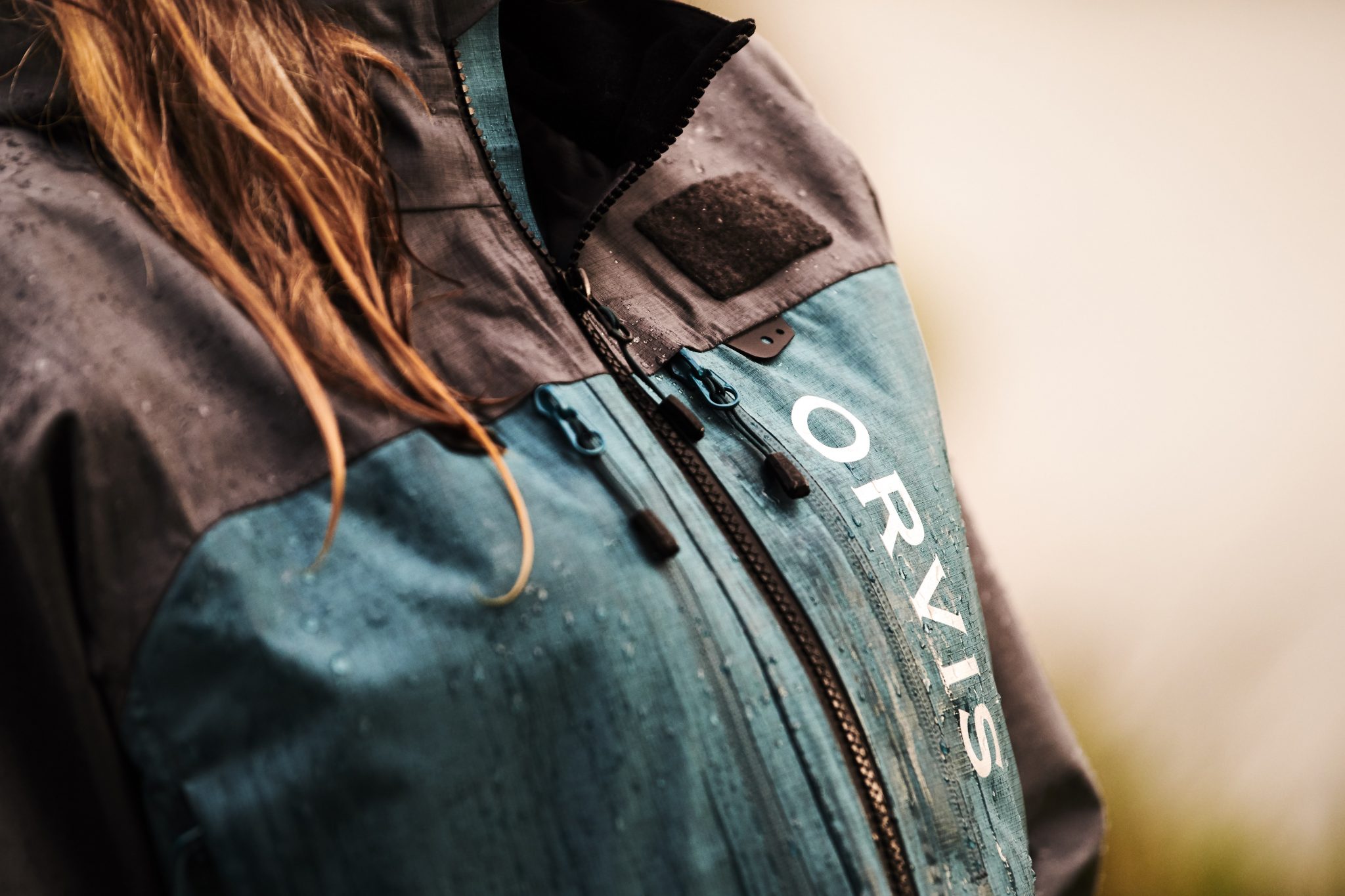
Orvis Supports Anglers Against Pollution
The Angling Trust are delighted to announce this collaboration with Orvis to support our Anglers Against Pollution campaign which is seeking for the Government to uphold laws already in place to protect our waterways and provide sufficient resources for the required monitoring, management and enforcement. A fight we have been leading the charge on since 1948.
Orvis UK have supplied funding to support our work and promote the work that angling does to help keep our rivers clean and healthy.

Jamie Cook
CEO Angling Trust & Fish Legal

Aaron Rawling
General Manager of Orvis UK
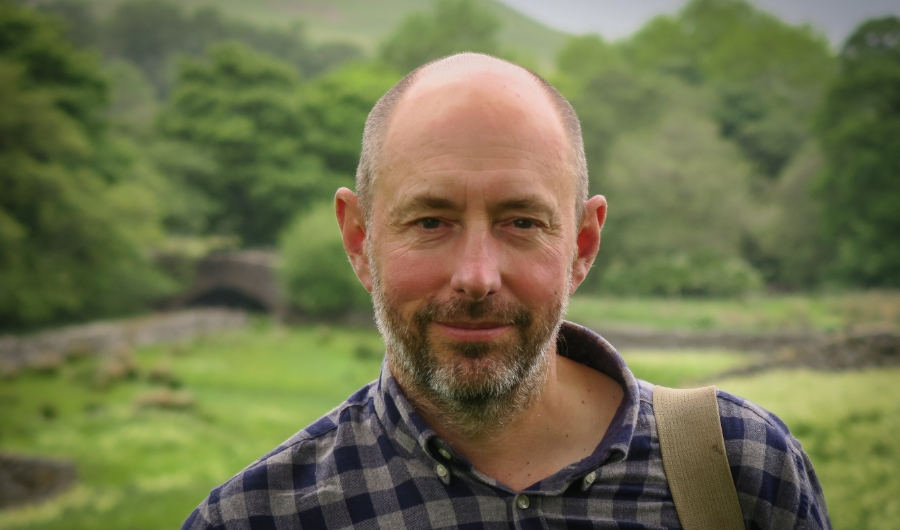
Charles Rangeley-Wilson
Angling Trust Ambassador
Watch the video and add your support
Together we’ve been fighting pollution since 1948
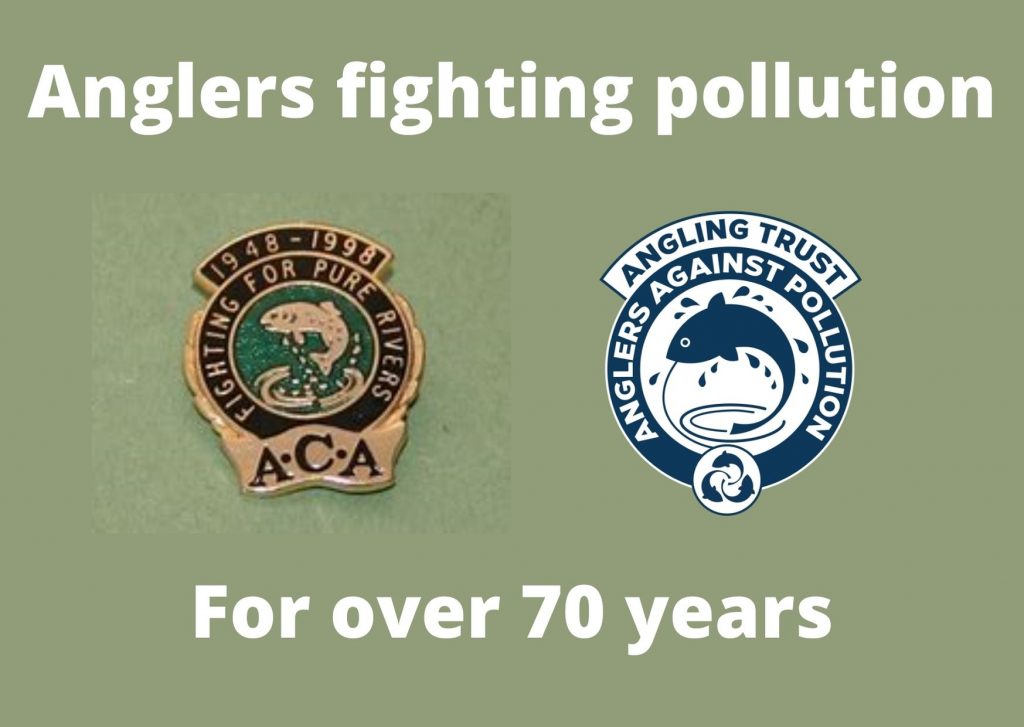
Pollution in our rivers, lakes, canals and seas is nothing new. Anglers have been at the forefront of fighting to protect our water environment from harm since the Anglers Co-operative Association was first set up in 1948. In more recent years the ACA changed it’s name to the Anglers Conservation Association and then when angling organisations across the country merged to form the Angling Trust in 2009, the essential work of the ACA was taken on by Fish Legal who have continued the fight against pollution with even more determination.
In the last 15 years they have won over £1.5 million in compensation for members impacted by pollution. They have taken the Government to court and changed the law five times. They have fought 140 legal cases on behalf of members and advised members on 181 planning threats to fisheries.
As anglers we can be rightly proud that we have been on the frontline fighting against pollution for so long, but there is still more to do and we need your support, so get behind our new Anglers Against Pollution campaign and let’s demand that our rivers, lakes, canals and seas are clean and healthy places, full of fish and abundant wildlife.
We feel that it is time to make a stand. Together we can make a difference.

We're supporting #AnglersAgainstPollution

How to report freshwater pollution
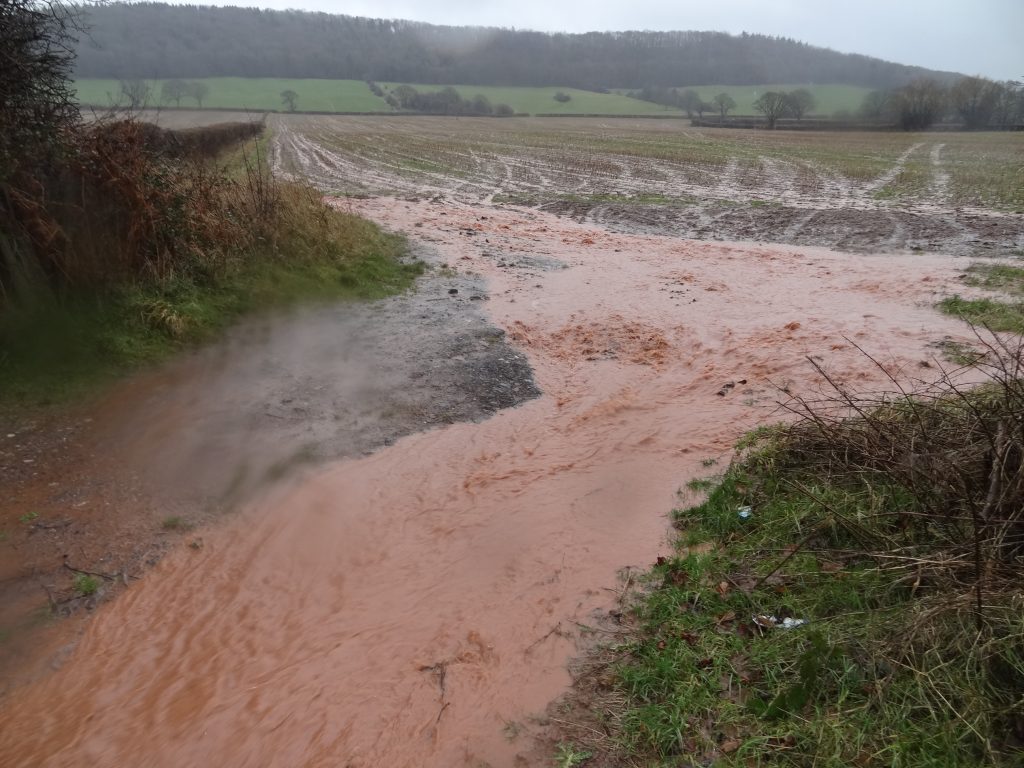
If you witness a pollution incident, it is important to report it. Making the regulator (for example the Environment Agency and Natural Resources Wales) aware of an incident is an essential step to make sure the polluter is held to account for their actions.
Before reporting an incident, collect as much evidence and information as you can. This can be valuable in pinpointing the location and demonstrating the impact and extent of the pollution. Then report the incident immediately, don’t wait until you get home or until you have spoken to someone else.
You can also report actions by land managers or farmers that you believe contravenes the Farming Rules For Water, which are the laws which govern how farmers must protect water courses from damage by fertiliser, insecticide, slurry, run off or livestock. You can read about the Farming Rules for Water at THIS LINK.
IMPORTANT THINGS TO NOTE
Location
If possible, obtain a grid reference for your location. If not then identify the nearest road, bridge or recognisable feature. Alternatively, ‘What3words’ is a great way to obtain your location in the field. When you call the Environment Agency or Natural Resources Wales you will be speaking to a national call-handler, not a local contact, so assume they know nothing about your area.
Date and time
When you came across it.
What have you seen?
Describe what you have found. Note any smells, changes in water colour, evidence of damage to the environment.
Potential source of the pollution
If it is apparent where the pollution is coming from include in your incident report.
Photos and videos
Take photos and videos, including the pollution source (if possible) as well as noticeable damage such as discolouration of the water, any fish or bird deaths.
INFORM THE REGULATOR
You can report freshwater and estuary pollution incidences directly to the regulator using their Incident Hotlines. Who you report it to will depend on the location of the incident in the UK.
England, Scotland, and Northern Ireland: 0800 80 70 60
Wales: 0300 065 3000
And finally, ask for the incident report number and to be kept informed on the outcome.
Pollution watch: Case studies
Maple Lodge, Colne Valley – Storm Overflow
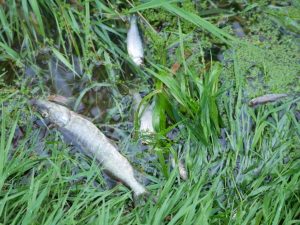
Background
The Maple Lodge Sewage Treatment Works (STW) is located west of London in the Colne Valley. The storm discharge from this STW enters the Mill End loop of the River Colne/ Grand Union Canal which is separate to the main channel, but joins it further downstream. The Mill End loop also diverts over a spill weir into another river channel that runs parallel to the canal, through several angling sites and joins up further downstream.
Date of the incident: On the days leading up to the incident there had been a number of pollution events and some non-pollution induced dissolved oxygen crashes in still waters in the region meaning the EA Fisheries officer was stretched having to respond to multiple cases.
14th Aug 2020: A ‘storm’ pollution event reported from Thames Water Maple Lodge. The Environment Agency (EA) fisheries officer was busy dealing with other incidents upstream so the Colne Valley Fisheries Consultative (CVFC) attended.
What was found: Storm discharge which mainly went into the spill weir. The river downstream was an awful grey colour and stank of sewage. Significant numbers of dead and distressed fish were evident for an estimated mile downstream of the discharge point. It could have been further but as the incident was reported in the evening the failing light prevented the full extent of the event to be established.
Response
14th Aug 2020: CVFC were informed that an EA Environmental Team were attending, and Thames Water had been informed through the National Incident Reporting System (NIRS) system. CFVC didn’t see anyone attend to inspect or take samples of the pollution incident. CVFC emailed the EA and Thames Water asking for their incident reports. The generic 20-days to respond email was received from the EA.
16th Aug 2020: Two Riverfly samples at different locations downstream of the incident recorded very low compared to average scores.
21st Aug 2020 (one week after incident): Thames Water sent over their response, which stated they had listed the incident as a ‘no pollution’ incident.
10th Sept (20 days after incident): After no response from the EA within their 20-day response window, CFVC sent a follow up email to the EA. Following this, CVFC received an email which contained a page outlining what they couldn’t tell CVFC (none of this information had been requested) and a report for a completely different incident in May 2020 which the EA fisheries officer and CVFC were not aware of.
CVFC are still awaiting the report for the event on the 14 August 2020.
CVFC said:
‘’The Colne catchment is now blighted by repeated pollution incidents caused by storm discharges. The Environment Agency seems peculiarly reluctant to enforce breaches, even where there is strong evidence of environmental damage, and the current reporting system is not fit for purpose. In our extensive experience, a water company will invariably assert discharges are within the permitted range and does nothing further. The situation is now so bad that much of our time is spent having to investigate matters and find resolutions for ourselves, as well as having to continually pursue water companies and the Environment Agency whose responsibility this actually is.
“A prime example is that on 14th August 2020 a storm discharge from Maple Lodge, Herts resulted in well over a mile of polluted river and a significant fish mortality. It has been recorded as a ‘no pollution’ incident by the water company and after eight weeks we still await a report from the Environment Agency.’’
Crediton Fly Fishing Club - River Creedy
Background
The river Creedy in Devon is a lovely wild trout river, with catches in the range of 8-12 inches, and in some cases 14 inches fished by the Crediton Fly Fishing Club. It has had a non-stocking policy for over 28 years and is a highly productive river with up to 30 fish catches in the right conditions. In 2010, South West Water were prosecuted for polluting the River Yeo, Devon which runs into the River Creedy.
Date of the incident: 19th July 2017 – A lethal discharge of ferric sulphate occurred on the River Creedy a short distance from the 2010 incident. Ferric sulphate is often used to treat reservoirs to reduce algal growth and has a lethal impact on fish, accumulating on the gills resulting in respiratory disruption. It is understood the polluter reported themselves to the Environment Agency at the time.
What was found: The discharge of ferric sulphate resulted in wild trout deaths, along with dead bullheads and minnows. The full extent of the damage is still unknown by the public as the case is still ‘ongoing’ and the Environment Agency have refused numerous requests for disclosure on the basis that disclosing anything relating to the case would adversely affect the course of justice.
Response
Three years on and still waiting to hear whether the Environment Agency will act against those responsible for this straightforward (but unacceptable) pollution. No explanation for the length of time this case is taking has ever been given.
Crediton Fly Fishing Club said:
‘’It is heartbreaking and extremely frustrating to experience a further pollution incident on our precious wild trout fishery in Crediton. Having been told by the Environment Agency they would be prosecuting in July 2017, every response from them in the last three years indicates they have no intention of doing so, while fobbing us off with weak excuses until we go away.”
Ross-on-Wye - agricultural pollution

The once crystal clear waters of the River Wye are now turning green with thick algal blooms (photo: Cite Ross Angling Club)
Agricultural pollution presents one of the greatest threats to water quality in the UK, being one of the main causes of rivers failing to meet ‘good’ ecological status. Unacceptable levels of phosphates are present in over half of English rivers due to pollution from farm land and sewage effluent, and in rural areas over 80% of nitrates in groundwater comes from agriculture. The difficulty with agricultural pollution is that there is no single source of pollution, rather a cumulation from several sources within a catchment.
Due to lack of resources, there are limited, if any, inspections currently being undertaken by the Environment Agency and Natural Resources Wales to check whether land managers are complying with environmental regulations which require them to follow best practice near water. Coupled with this, there is inadequate monitoring to be able to detect when and where excessive nutrients are entering our waters.
The laws are already in place to tackle this issue, yet the Government has not provided the resources and staff to ensure they are enforced. As a key part of our Anglers Against Pollution campaign, we are asking the Government to do their regulatory duty and ensure law is properly monitored and enforced.
Background
The River Wye is a Special Area of Conservation (SAC) and a Site of Special Scientific Interest (SSSI) protected for several fish species including lamprey, shad, salmon and bullhead. The last assessment of the status of the Wye was undertaken in 2013 and found that the river was failing to meet its water quality targets due to high phosphate levels. Since this assessment, levels of phosphate were expected to increase.
Phosphate and nitrates impact waters by causing an excess nutrient in the water (eutrophication) which leads to a loss of plants, replaced by algal blooms which reduce oxygen levels. This impacts spawning grounds as well as damaging plant and insect life within the water. Algal blooms are occurring high up within the catchment, 231km from the sea in areas where the river should have low nutrient levels.
The cause of the pollution is believed to be from an increase in the number of poultry farms in the Upper Wye catchment. Drains and ditches from these farms feed directly into the watercourse, and surface run off enables chicken faeces to enter the river.
Date of the incident: This case is not so much a single incident, but showcases a chronic, intensifying pollution event. The concern is that the loading of phosphate has increased to a level that is causing significant changes to the Wye which will cause a shift from a diverse, fish-rich system to a depleted system consisting of algal blooms and limited plant, insect or fish life. It is estimated there are as many as 10 million chickens in the Powys county.
What was found: The highest levels of phosphate (as collected from source apportionment of nutrients data from the Environment Agency) indicate that the source of the phosphates is from catchments where poultry farms are sited such as Ithon.
Response
Over 75,000 people have signed a petition calling for a halt to more chickens in Powys. Fish Legal have put Natural Resources Wales on notice that phosphate inputs into the River Wye linked to waste from free-range poultry farming have caused environmental damage. This case is ongoing.
Justin Neal, Fish Legal lawyer acting for the club, said:
“It is the responsibility of Natural Resources Wales to look after and protect this delicate river ecosystem. However, their monitoring system is woefully inadequate with monitoring occurring once a month at most, which just doesn’t work to catch the times when high levels of pollution are occurring after a rainfall event.”
